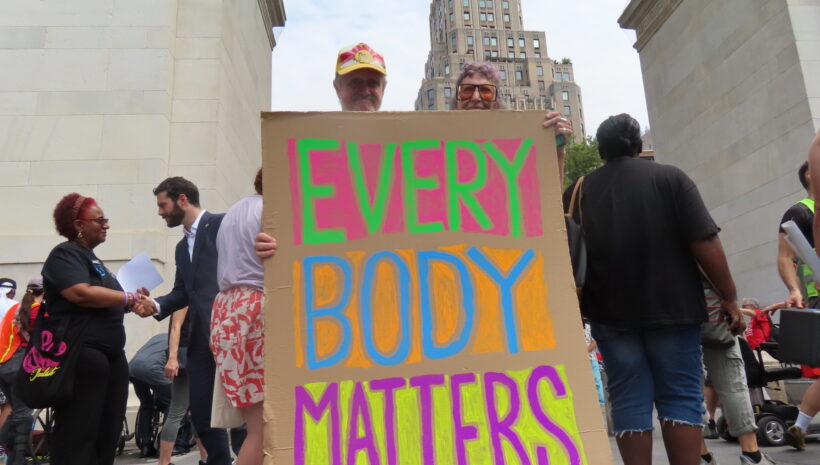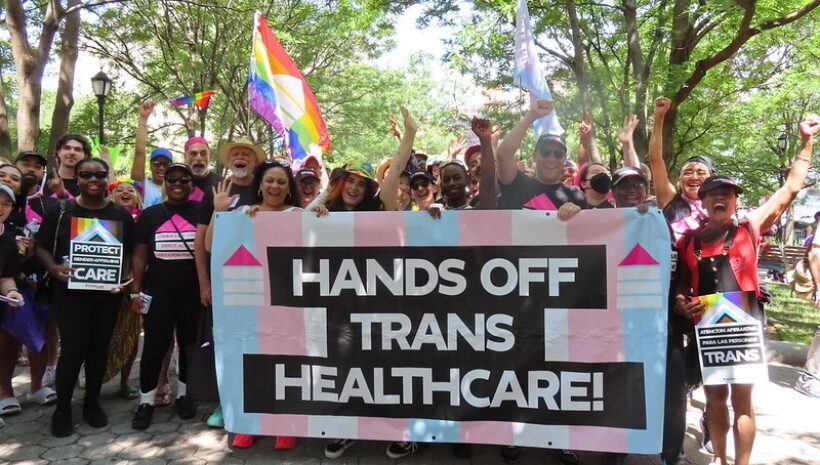A & U Magazine features a story about the Housing Works HOUSE Project and Kiki Community!
Here’s an excerpt:
As some might be aware, the ballroom community (or scene) represents a subculture of the LGBTQ community, and primarily includes individuals who, while not accepted by their biological families, find new families, homes and acceptance in the “houses” so iconic to the ballroom scene—the House of Ultra Omni, House of Ninja or the House of LaBeija, to name only a few.
A subculture of the ballroom community is represented by the Kiki scene—Kiki means “shade,” which comes from “reading” as interpreted in the ballroom scene as reading a person to highlight all of their perceived flaws. Throwing shade has been a longstanding rhetorical strategy, often playful but always cutting, and informed by the need to empower oneself and survive as a person of color. As mentioned in a Vimeo video on the subject, the Kiki ballroom scene is a much younger scene, in terms of history—it has been around for only about ten years—and also in terms of members, which are mainly young African-American individuals, between the ages of sixteen and twenty-four.
Housing Works HOUSE Project works with young people, ages eighteen to twenty-nine, and also offers programs that specifically target a slightly younger population, thirteen to twenty-four years of age. Based in New York City, the nonprofit helps its clients find housing, medical care, HIV prevention and/or treatment, and also jobs. “We’ve been developing youth services for the past five to six years,” explains HOUSE Project’s own program coordinator Lindsay Slay. “[We’re] just now getting traction with the ballroom community and the Kiki community more specifically, because that’s a way for us to connect with a community of young people that are often not seeking out care.”
Check out the whole article, “Housing the Kiki Community” here!





